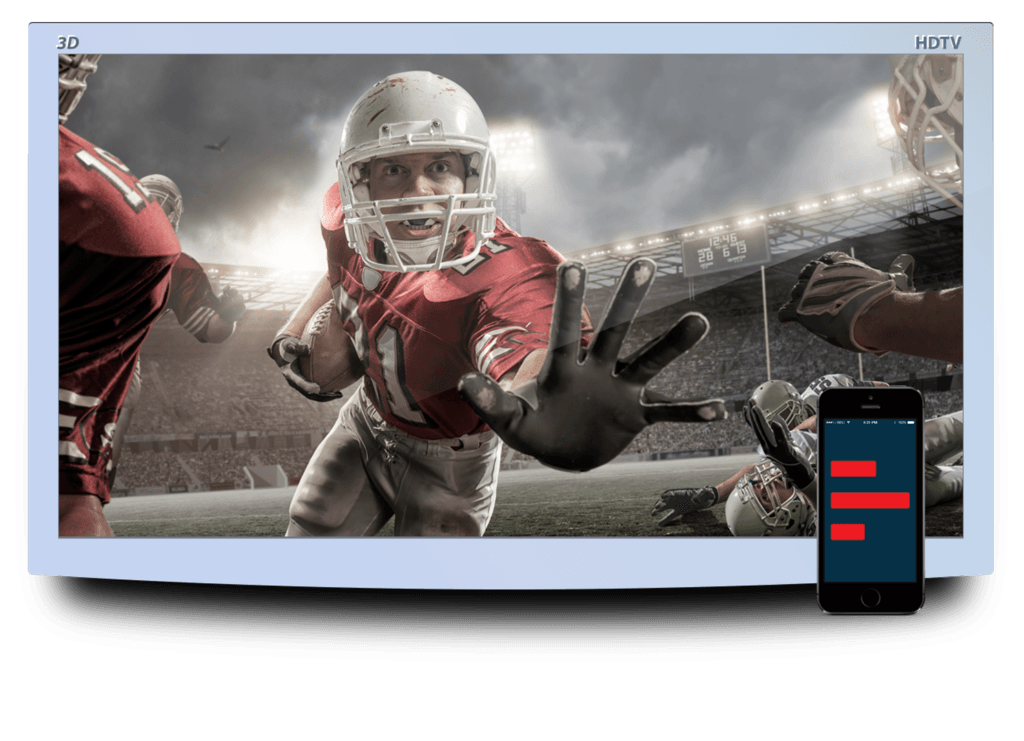Introduction
Data Over Sound (DoS) is an emerging technology that enables digital information to be transmitted through sound waves—both audible and inaudible. This wireless communication method leverages speakers and microphones found in everyday devices to send and receive data without requiring Wi-Fi, Bluetooth, or cellular networks.
As industries seek innovative ways to transfer data securely, efficiently, and without additional hardware, Data Over Sound is proving to be a game-changer. Below, we explore the most significant real-world applications of this groundbreaking technology.
Contactless Mobile Payments
How It Works:
- A smartphone or POS system emits a sound signal containing encrypted payment data.
- The receiving device (such as a payment terminal) picks up the audio signal and processes the transaction.
Use Case Example:
Companies like Google Pay and Beeping use sound-based payment systems to enable secure transactions without NFC or internet connectivity.
✅ Benefits:
✔ Works offline
✔ Reduces dependency on traditional payment networks
✔ More secure than QR codes (cannot be easily copied)
Secure Device Authentication
How It Works:
- A device generates a unique sound signature (inaudible to humans).
- The receiving device verifies the signature and grants authentication.
Use Case Example:
- Banking Apps use Data Over Sound for secure login verification.
- Smart door locks allow access based on unique sound signals.
✅ Benefits:
✔ Eliminates the need for passwords
✔ More secure than SMS-based authentication (resistant to SIM swap fraud)
IoT & Smart Home Device Pairing
How It Works:
- A smart device (such as a speaker) emits a unique sound signal containing pairing instructions.
- Nearby IoT devices listen for the signal and automatically connect.
Use Case Example:
Google Nest and Amazon Alexa use sound-based authentication for quick device setup.
✅ Benefits:
✔ No need for Bluetooth or Wi-Fi during setup
✔ Simplifies IoT device pairing and automation
Proximity-Based Marketing & Retail

How It Works:
- Retail stores broadcast promotional data using ultrasonic waves.
- Smartphones with special apps receive the data and display personalized offers.
Use Case Example:
Retail stores and malls use Data Over Sound to offer instant discounts, coupons, or product recommendations based on customer location.
✅ Benefits:
✔ No internet required for in-store engagement
✔ More targeted marketing without requiring QR codes or NFC
Public Transportation & Ticketing
How It Works:
- Ticketing systems send encrypted travel passes via sound.
- The traveler’s phone or a transport scanner verifies the pass using a microphone.
Use Case Example:
Indian Railways and Japan Metro have tested sound-based ticket verification to speed up entry without requiring QR code scanning.
✅ Benefits:
✔ Faster and contactless ticket validation
✔ Works offline in subway stations or tunnels
Offline Data Transfer & Emergency Communication
How It Works:
Data is encoded into sound and transmitted between two devices without internet.
Use Case Example:
- Disaster recovery teams use sound-based messaging to send emergency instructions in areas with no network coverage.
- Military and space applications rely on Data Over Sound for secure and covert communication.
✅ Benefits:
✔ Enables communication in remote locations
✔ Works in situations where traditional networks fail
Interactive Museum & Tourism Experiences
How It Works:
- Museums and historical sites emit audio signals containing descriptions and information about exhibits.
- Visitors’ smartphones receive and play back relevant multimedia content.
Use Case Example:
The Louvre Museum has experimented with Data Over Sound for interactive tour experiences.
✅ Benefits:
✔ Enhances visitor engagement without requiring internet
✔ Provides multilingual support for tourists
Smart Health & Medical Applications
How It Works:
- Sound-based authentication ensures secure medical data transfer between devices.
- Medical devices use sound signals to synchronize with patient monitoring systems.
Use Case Example:
Wearable health monitors communicate with hospital systems using sound-based data transfer.
✅ Benefits:
✔ Faster and more secure than Wi-Fi-dependent communication
✔ Works in hospitals where radio signals may interfere with equipment
Smart Automotive & Vehicle Communication
How It Works:
- Vehicles use ultrasonic sound signals to communicate with smart road infrastructure.
- Cars send authentication signals via sound to allow keyless entry.
Use Case Example:
Tesla and BMW are researching sound-based authentication for car unlocking and smart traffic management.
✅ Benefits:
✔ Enhances vehicle security
✔ Enables hands-free access and automation
Enhancing TV & Second-Screen Experiences

How It Works:
Television commercials send out inaudible sound signals that trigger interactive content on smartphones.
Use Case Example:
TV networks use Data Over Sound to enable interactive advertisements and live polls.
✅ Benefits:
✔ Increases audience engagement
✔ Provides a seamless multi-screen experience
Conclusion
Data Over Sound is transforming industries by enabling secure, offline, and cost-effective data transfer without additional hardware. Whether it’s mobile payments, IoT device pairing, public transport ticketing, or proximity marketing, this technology is unlocking new opportunities across various sectors.
As advancements in machine learning, encryption, and noise filtering continue to improve Data Over Sound, we can expect even broader adoption in the future.
🚀 The next time you hear a beep, or tone, it might just be data traveling through sound! 🎶🔊

